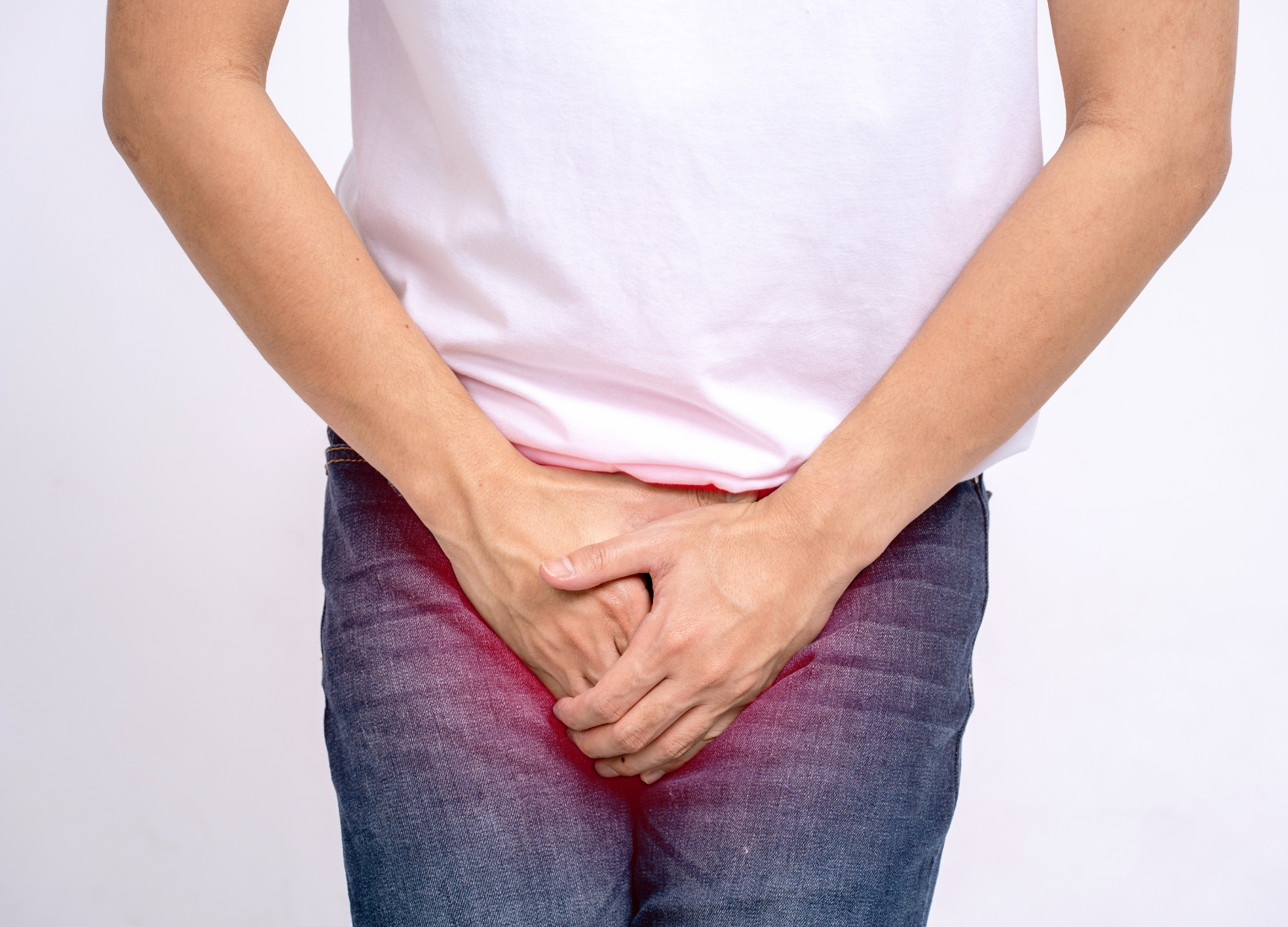Typically upon arrival for a flexible cystoscopy appointment, the patient is asked to fill in a questionnaire to check their medical health record, highlight any allergies if present and any recent change in medication history.
The patient will then be asked to provide a urine sample to check for any possible urinary tract infection prior to the procedure. It is better to ensure that the patient has emptied their bladder prior to the procedure. The patient will then be given the option of changing to a hospital gown and then be introduced to the clinician.
The clinician performing the procedure will check a few details prior to the procedure, explain the procedure and obtain consent. A chaperone will be present at all times and the patient will be asked to lie on the bed in preparation for the procedure.
The clinician will then clean the area with an antiseptic solution and use a local anaesthetic and antiseptic with lubricant gel to facilitate the scope passage into the bladder. During the procedure, the bladder will be filled with 100-200 mls of normal saline or water to stretch that bladder to make it easier to inspect.
The patient will then be asked to pass urine prior to being discharged home and post procedure care leaflet will be provided.

